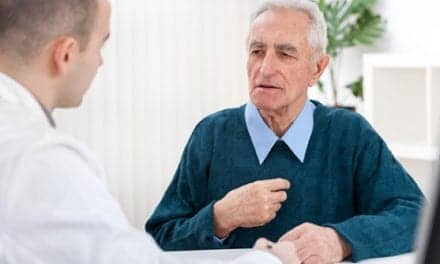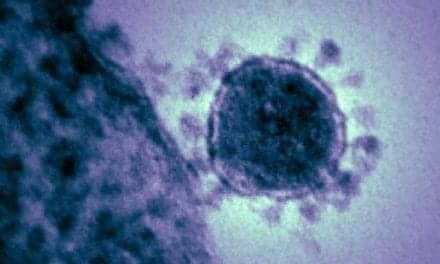RT interviews David Lawson, CFO, Compumedics Limited.
 Still in its infancy, the sleep disorder diagnostic and treatment industry has seen a significant number of innovations, says Compumedics Limited CFO David Lawson. Advanced technology allows data to be stored and processed rapidly during a polysomnographic study, and continuous positive airway pressure (CPAP) machines and masks have evolved quickly to improve patient comfort and compliance. RT spoke with Lawson about forthcoming industry trends. Still in its infancy, the sleep disorder diagnostic and treatment industry has seen a significant number of innovations, says Compumedics Limited CFO David Lawson. Advanced technology allows data to be stored and processed rapidly during a polysomnographic study, and continuous positive airway pressure (CPAP) machines and masks have evolved quickly to improve patient comfort and compliance. RT spoke with Lawson about forthcoming industry trends.
Q: The sleep field is obviously expanding, but is it changing in other ways? This gives rise to a whole new range of issues for players in the diagnostic end of the sleep disorders business. Consequently, a new range of technologies needs to be developed to address the efficiency issues inherent here, and this, in turn, requires an evolving skill set within the industry and its participants. From a market and clinical practice point of view, the focus also is moving to the other types of sleep disorders and the treatment regimes for these. In addition, finding new treatment methods for the main sleep disorders is also emerging as a focus area for the industry. Q: Is home testing becoming more popular? Home testing will come into its own once the technology and medical/legal worlds reach a workable way to go forward. Europe is a good example of a marketplace that has embraced home testing. Q: What innovations do you foresee in the sleep arena? Finally, we already are seeing through the linkages of sleep disorders to neurological and cardiac diseases that sleep disorders are often a precursor to these and other diseases. As such, the technology and the industry will move to understand these linkages and come up with innovative solutions to address them. |










